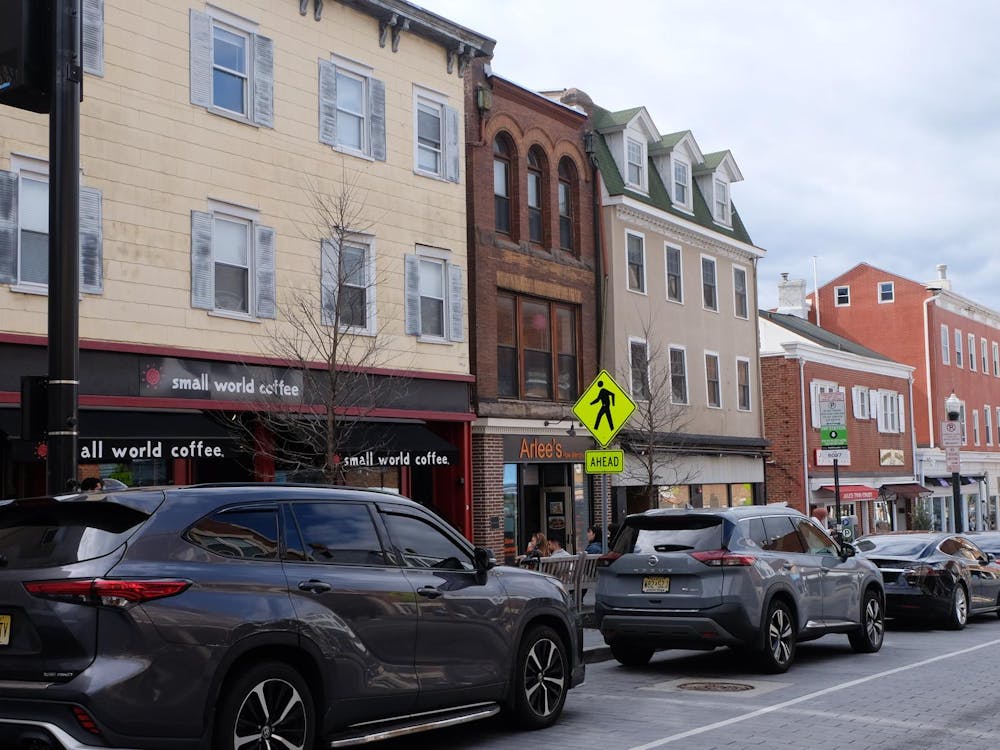Funnily enough, the COVID-19 pandemic has brought some unexpected, if short-lived, news. Global carbon emissions have fallen (China’s by as much as 25 percent), toxic air pollution has declined in cities around the world, and places like the Venice Canal, which typically suffer from overcrowding and water pollution, are running clear and teeming with aquatic life. As governments move to shut down industrial and commercial activity, the environment appears to be benefitting.
In highlighting these improvements, I do not mean to downplay the severe economic toll that our society’s reaction to COVID-19 has taken on people around the world, nor do I mean to suggest that these reductions in pollution will last (they will not, as long as we return to our business-as-usual path). Rather, these images — of a Beijing without smog, of a Venice Canal with swarms of fish and pods of dolphins — hint at how our planet could look if we began to live more sustainably, placing more emphasis on pollution reduction and climate mitigation.
This is the life that we are going to increasingly have to live if we want a shot at limiting global warming to two degrees Celsius, a threshold that climate scientists believe marks the difference between manageable and catastrophic global change. We will have to limit our air travel and shift more toward video conferencing. We will need to consume more locally produced goods. We will need to shift towards plant-based diets, which would put us in less contact with the animal products that can lead to global pandemics like COVID-19. We need to get used to this remote living because, to some extent, this is our future.
A climate-ready future, however, need not result in a decimated economy like the one we currently have. Instead, as our government begins to consider ways to help the economy rebound from COVID-19, they should use this as an opportunity to direct aid toward environmentally responsible manufacturing and renewable energy companies, as some Democratic legislators were calling for in the $2 trillion stimulus package recently passed by Congress. While the final bill does not extend renewable energy tax credits or incorporate other elements of the Green New Deal, as those legislators were calling for, it also does not include the $3 billion bailout of the oil and gas industry which the Trump administration was promoting.
Although swift passage of this stimulus package was critical for providing Americans with much-needed assistance as quickly as possible, there is still more progress that can be made in future assistance programs. Many other countries like China are predicted to respond to COVID-19 in ways that hurt current progress on climate, such as relaxing vehicle emissions standards, underscoring the need for more publicity around climate-friendly recovery pathways. International climate negotiations set for this year which have had to be postponed could instead be held virtually and used as time to plan out how responding to the COVID-19 crisis can also help to reduce countries’ greenhouse gas emissions.
One thing is for certain: the global disorder present today is only a fraction of what is to come due to climate change. Just as coronavirus is overwhelming global health systems currently, so too will climate change overwhelm the planet with unprecedented numbers of migrants fleeing drought, storms, and wildfires, all of which will be drawn out over decades instead of compressed into a matter of months (as is the case with this virus). If we don’t begin to curtail our fossil fuel usage, we will get only sicker from viruses like COVID-19 — air pollution from burning fossil fuels has been shown to increase susceptibility of humans to respiratory diseases by fostering underlying conditions like asthma. COVID-19 provides us with powerful lessons of what a future without climate action will look like, and we must take notice.
The consequences of COVID-19, including the necessary economic stimulus packages and the lessons learned on how to live digitally, can ultimately provide us with the perfect chance to jumpstart climate action. This is not only a tragedy — it is an opportunity. But we must act now and not let this brief opening pass by the wayside, a fate that so many previous calls to climate action have faced.
Claire Wayner is a sophomore from Baltimore, Md., studying civil & environmental engineering. She can be reached at cwayner@princeton.edu.








